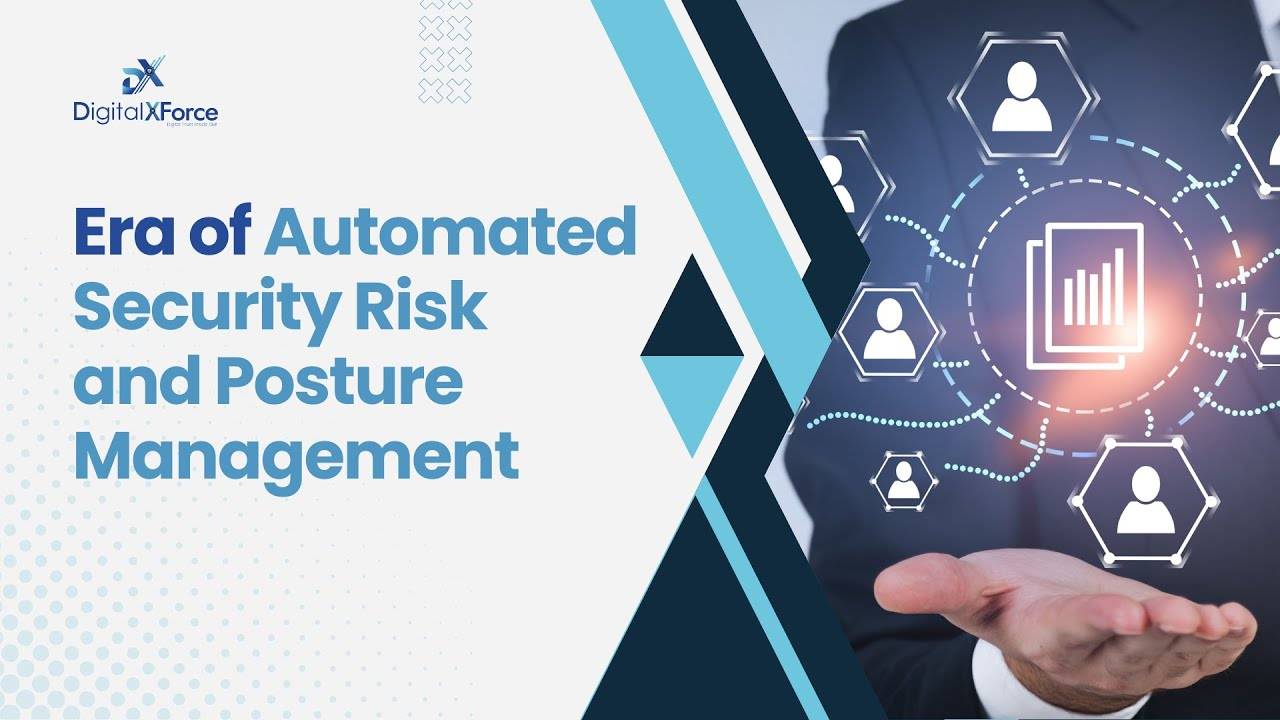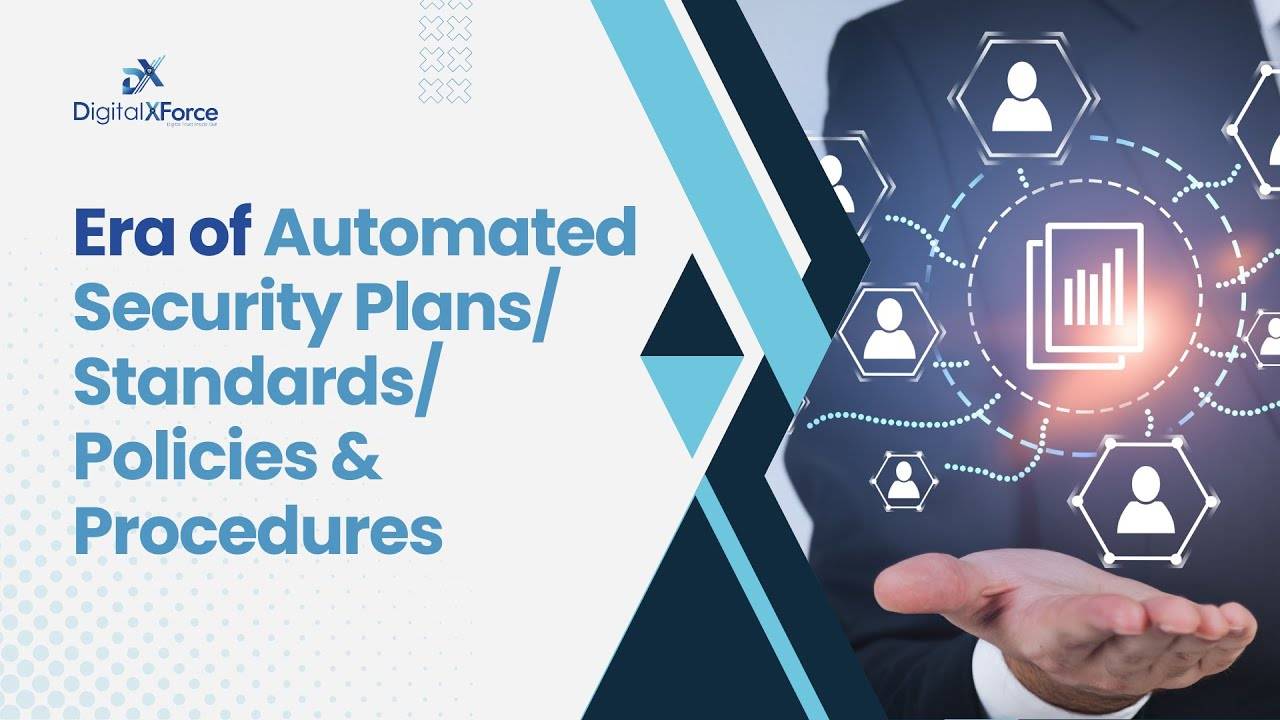Supporting Hundreds of Global Regulatory Frameworks & Standards
Attack Surface Management (ASM) and Asset Inventory form the crux of a robust cybersecurity program. Reduce the risk of a security breach by identifying, monitoring and managing digital assets.

NIST 800-53
NIST 800-53 is a mandatory compliance framework developed by US government agencies NIST to provide guidelines and controls for securing federal information systems and organizations.

NIST CSF
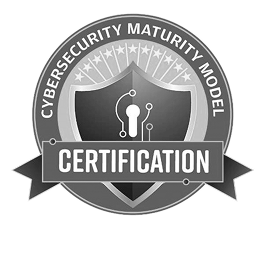
CMMC-FOUNDATIONAL (L1)
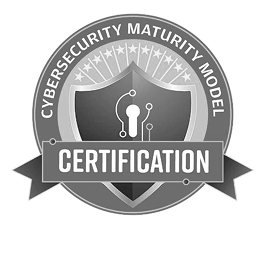
CMMC-ADVANCED (L2)

Health Information Trust Alliance (HITRUST)
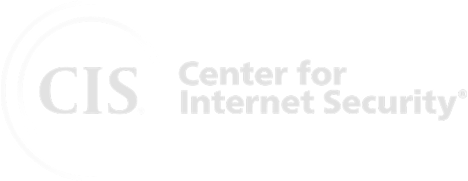
CIS (Center for Internet Security)

ISO 27001

NIST 800-171 (Special Publication 800-171)

FedRAMP (Federal Risk and Authorization Management Program)
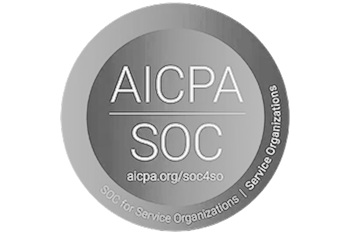
SOC 2
The Health Insurance Portability and Accountability Act (HIPAA)
The Health Insurance Portability and Accountability Act (HIPAA) sets national standards for protecting the confidentiality, integrity, and availability of health information. It applies to covered entities (like healthcare providers and insurers) and business associates that handle ePHI on their behalf.

The Secure Controls Framework (SCF)
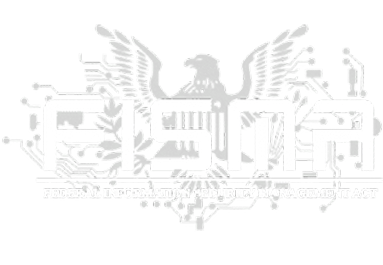
The Federal Information Security Modernization Act (FISMA)
Minimum Acceptable Risk Standards for Exchanges (MARS-E)
The Authorization to Operate Risk Criteria – Annual Maturity and Performance Evaluation (ARC-AMPE)
The Authorization to Operate Risk Criteria – Annual Maturity and Performance Evaluation (ARC-AMPE) is a CMS-driven cybersecurity and privacy assessment model. It provides a structured methodology for evaluating the maturity, effectiveness, and performance of security and privacy programs in systems that interact with Centers for Medicare & Medicaid Services (CMS).

The Gramm-Leach-Bliley Act (GLBA)
The Gramm-Leach-Bliley Act (GLBA), also known as the Financial Services Modernization Act, mandates that financial institutions implement controls to safeguard non-public personal information (NPI). It applies to banks, credit unions, insurance companies, and any organization significantly involved in offering financial products or services.

The Saudi Arabian Monetary Authority Cybersecurity Framework (SAMA CSF)

The National Electronic Security Authority (NESA)
The National Electronic Security Authority (NESA) is a national cybersecurity standard developed to protect the UAE’s critical information infrastructure by guiding organizations in implementing robust, risk-based security controls.

The Federal Financial Institutions Examination Council (FFIEC)

The Digital Operational Resilience Act (DORA)
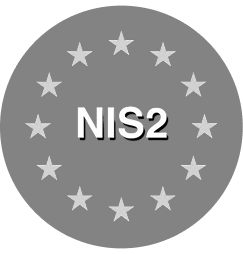
The Network and Information Security Directive 2 (NIS 2)

The Payment Card Industry Data Security Standard (PCI DSS)
The Cyber Risk Institute (CRI)

Data Cybersecurity Controls (DCC)

Critical System Cybersecurity Controls (CSCC)
The Telework Cybersecurity Controls (TCC)
The Telework Cybersecurity Controls (TCC) framework provides a structured approach to safeguarding remote and hybrid workforces. Developed to address the surge in teleworking, TCC prioritizes endpoint security, secure connectivity, identity management, and data protection beyond traditional network perimeters.

The Essential Cybersecurity Controls (ECC)
The Abu Dhabi Healthcare Information and Cybersecurity Standard (ADHICS)

The NIST Privacy Framework (PF)
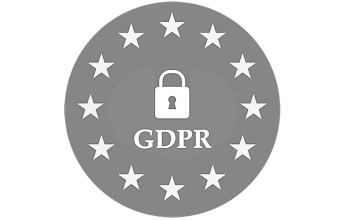
GDPR-L1 (General Data Protection Regulation – Level 1)
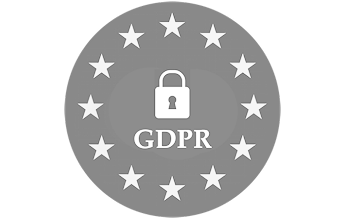
GDPR-L2 (General Data Protection Regulation – Level 2)
IRS Publication 1075

Cybersecurity Standards for Telecom (CST)

The Cybersecurity Requirements Framework (CRF)

The Qatar Cybersecurity Framework (QCSF)
The Qatar Cybersecurity Framework (QCSF) is a national cybersecurity framework developed to protect Qatar’s critical infrastructure and digital economy by enforcing standardized security controls, governance, and risk management practices across sectors.
The Cloud Cybersecurity Controls (CCC)

The National Information Assurance (NIA)
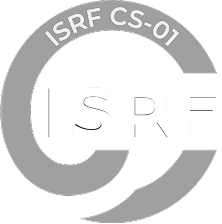
The Information Security Regulations (ISR)


